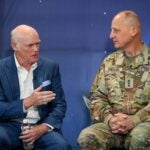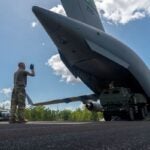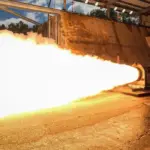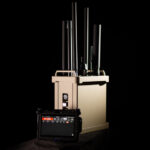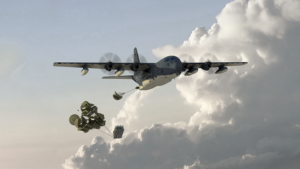
The U.S. Air Force is planning to hold palletized munition flight tests this December, as the service continues to look into long-range, conventional cruise missile strike options to limit the risk to U.S. aircraft in a "high-end fight." "For Rapid Dragon, I am tracking very closely what we're doing," Air Force Gen. Arnold Bunch Jr., the commander of Air Force Materiel Command (AFMC), told reporters on Sept. 21 at the Air Force Association Air, Space & Cyber conference. "We've demonstrated…


